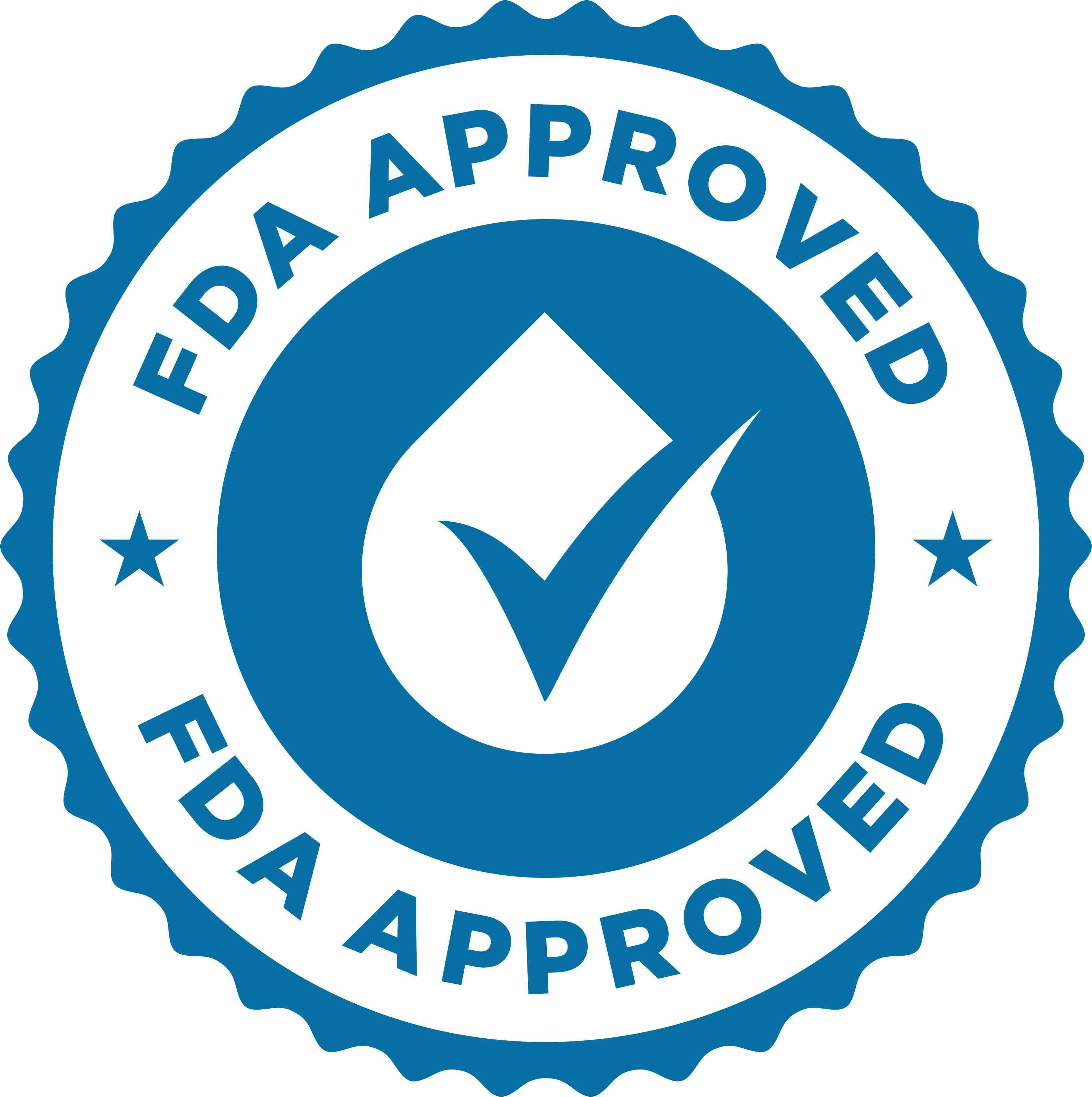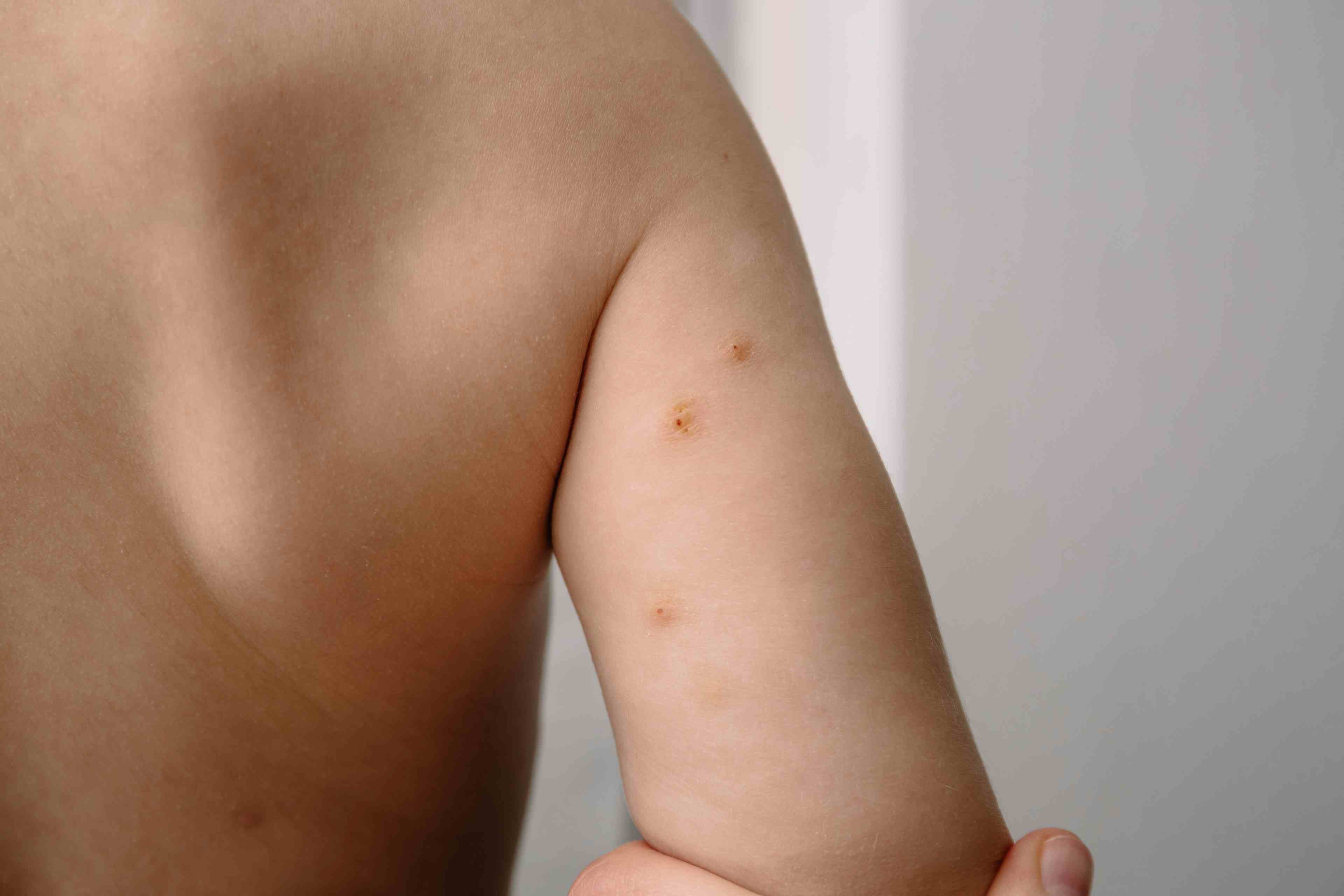- Acne
- Actinic Keratosis
- Aesthetics
- Alopecia
- Atopic Dermatitis
- Buy-and-Bill
- COVID-19
- Case-Based Roundtable
- Chronic Hand Eczema
- Chronic Spontaneous Urticaria
- Drug Watch
- Eczema
- General Dermatology
- Hidradenitis Suppurativa
- Melasma
- NP and PA
- Pediatric Dermatology
- Pigmentary Disorders
- Practice Management
- Precision Medicine and Biologics
- Prurigo Nodularis
- Psoriasis
- Psoriatic Arthritis
- Rare Disease
- Rosacea
- Skin Cancer
- Vitiligo
- Wound Care
News
Article
Nemolizumab Significantly Reduces Itch and Improves DLQI in Patients With Prurigo Nodularis
Shawn Kwatra, MD, shares his thoughts on the positive phase 3 data of OLYMPIA 2.
“Because this patient population has suffered for a long time, anytime there's a hope of new therapeutics, it's very exciting for doctors and for patients; [nemolizumab] has the potential to be a very significant addition to our armamentarium against treating itch,” said Shawn Kwatra, MD, while discussing the latest phase 3 OLYMPIA 2 data of nemlolizumab for prurigo nodularis published in the New England Journal of Medicine. Kwatra, associate professor of dermatology at Johns Hopkins University School of Medicine and director of the Johns Hopkins Itch Center, in Baltimore, Maryland, and an OLYMPIA 2 investigator, discussed the key end points of the trial, including a reduction of ≥4 points on the Peak Pruritus Numerical Rating Scale and an Investigator’s Global Assessment score of 0 or 1. Overall, 56.3% of patients treated with nemolizumab had an itch response at week 16.
As a chronic, debilitating skin disease, Kwatra and colleagues were also pleased with the significant improvements in patients' sleep disturbance rates and the Dermatology Life Quality Index. With such promising data, Kwatra is looking forward to when nemolizumab’s data for prurigo nodularis is submitted to the FDA.
Transcript
Shawn Kwatra, MD: Hi I'm Shawn Kwatra, director of the Johns Hopkins Itch Center and also a dermatologist in Baltimore, Maryland.
Dermatology Times: Can you please discuss the recent phase 3 data on nemolizumab for prurigo nodularis published in the New England Journal of Medicine?
Kwatra: Prurigo nodularis is a chronic inflammatory skin disease that oftentimes many dermatologists have traditionally struggled treating. This disease is characterized by intense, debilitating itch, and also the presence of skin nodules. So, this study, OLYMPIA 2, which was published in the New England Journal of Medicine, was a large phase 3 global double-blind, randomized placebo-controlled trial. And this study looked at a treatment with nemolizumab, which is a monoclonal antibody targeting IL-31 receptor alpha versus placebo. A total of 274 patients were assigned at a 2:1 ratio, either to receive subcutaneous nemolizumab or placebo. And so folks received in the nemolizumab arm, a 60-milligram initial dose followed by either 30 or 60 milligrams depending on their body weight every 4 weeks, so ended up receiving therapy every 4 weeks. The primary end points here were the Peak Pruritis Numeric Rating Scale, folks who had a 4-point or more reduction on that zero to 10 scale, and also the Investigator Global Assessment score, which is zero to 1, and since we're talking about nodules, that's a very ambitious end point and this endpoint was earlier around week 16. So what we found was that week 16, overall, 56.3% of patients had an itch response, a four-point or greater improvement in itch, compared to a much lower amount, 20% in placebo. And also, the Investigator Global Assessment had a positive response also, at week 16, with 37.7% of patients receiving that metric. What was really unique and novel about this study was the rapidity and speed of itch reduction. Because itch is mediating a lot of negative things in these patients. It's destroying their sleep, which then can lead to psychosocial disturbance, lost work productivity, and truly affects all dimensions of patient life, including leading to more blood inflammation, which can potentially also lead you to all sorts of comorbidities that are common in these patient populations.
In terms of itch response, if you look very early, so the early metric that was looked at 4 weeks just after that 60-milligram injection, by the time you're getting that next injection, already 41% of patients had a 4-point improvement in their itch. And the other thing we like as we've seen with psoriasis, as we go through and learn more about our diseases and therapeutics develop, we tend to raise the bar, and so now folks are even looking at what we refer to as an itch-free state. So, it has different definitions and different trials here. You know, that's referring to an itch less than 2, overall. And what was interesting is a significant portion of patients, almost 20% compared to placebo, already reached that time point, even very early at week 4 after one injection, and then at week 16, 35% of patients compared to 7% in placebo were at that itch free state. It's very appealing results, I think, because this patient population has suffered for a long time, anytime there's a hope of new therapeutics, it's very exciting for doctors and for patients; this has the potential to be a very significant addition to our armamentarium against treating itch.
Dermatology Times: What patient quality of life achievements were most important to you?
Kwatra: Absolutely. So upfront, what was very interesting is the kinetics of the itch response was mirrored very closely by an improvement in sleep disturbance and that's exactly what we like to see. Because the schematic for how itch can ravage folks' lives kind of starts with sleep also, because sleep can be disturbed. So that was reassuring to see that the itch improvement also was mirrored by sleep improvement. There are also very significant improvements in the Dermatology Life Quality Index, also the Hospital Anxiety and Depression Scale as well, so those were all very interesting findings. Also, what's interesting about nemolizumab which is given every 4 weeks is that there does not seem to be the need for any laboratory monitoring. So similar to other biologics. And the other thing that was observed is adverse events; there was a small subset of patients who had headaches of 6.6% versus 4.4% and placebo, and a small percentage of patients also had eczematous dermatitis that was mild to moderate, and for most of these participants managed just with topical therapy. So overall very exciting to have rapid effects on itch and sleep followed by nodule resolution at very early time points and Q4 week therapy and the potential for not having laboratory monitoring which we know that's the case here, and also a side effect profile that seems very promising as well, is very important for our patients.
Dermatology Times: With this phase 3 data, what comes next in terms of moving toward an approval of nemolizumab for prurigo nodularis?
Kwatra: Now that these results have been published in the New England Journal of Medicine, there's another matching phase 3 trial, which is OLYMPIA 1, and the results from that trial have confirmed these results. So that's also going to be published and at some point this data will be submitted to the FDA and hopefully be approved in the near future.
[Transcript edited for clarity]
Newsletter
Like what you’re reading? Subscribe to Dermatology Times for weekly updates on therapies, innovations, and real-world practice tips.















